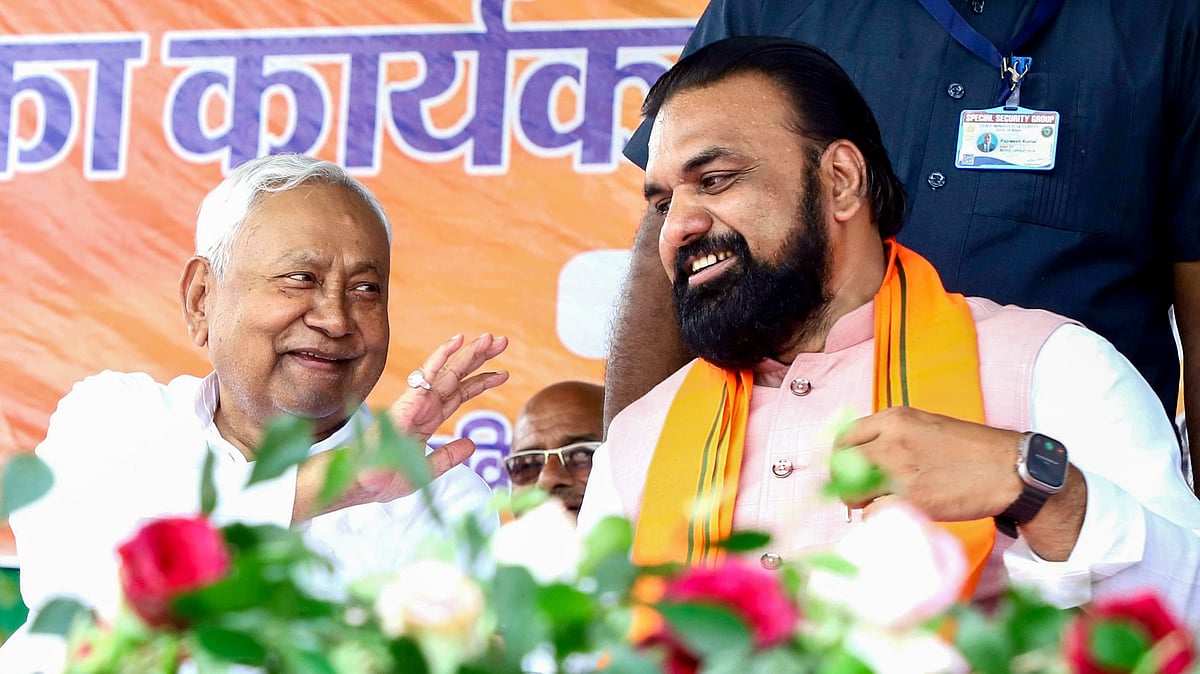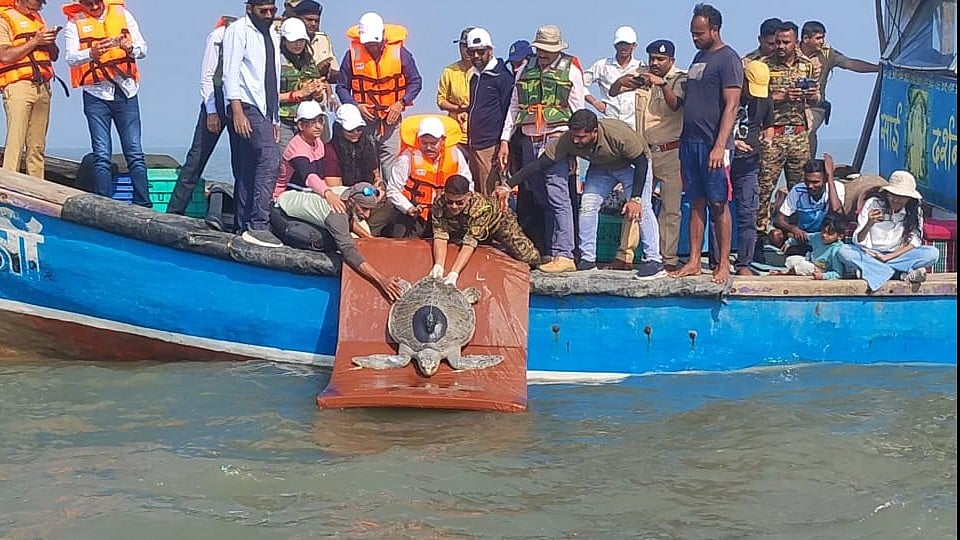Maharashtra recorded less than 5,000 cases for the second consecutive days, with 4,930 new infections and 95 Covid-19 fatalities being reported on Tuesday, pushing its tally to 18,28,826, with 47,246 deaths till now. Meanwhile, Mumbai witnessed less than 1,000 cases for the second day, with 724 new cases and nine Covid-19 deaths were recorded in the last 24 hours, increasing its total count to 2,84,184, with 10,819 fatalities so far.
Meanwhile, in November, the state saw a significant drop in the number of cases and deaths in comparison to October (around 50% drop) and September. Moreover, the positivity rate in November was lower than in April when the first wave was picking up. Active cases, however, are on the rise again in the state, keeping authorities alert.
In October, Maharashtra had recorded 293,960 Covid-19 cases, which dropped by 50.5% in November to 145,490. Fatalities reported in October were 7,249, which dropped by 49.09% to 3,690 in November.
The drop in cases and fatalities is even sharper when compared to September. In September alone, Maharashtra recorded a whopping 591,905 cases and 12,079 fatalities, which means there was a 75.42% drop in cases and a 69.45% fall in deaths in November.
“Besides that, the positivity rate in this month [November] was 7.7%, which is lower than April’s positivity rate, which was 8%,” said Pradeep Awate, state surveillance officer.
However, the state health department had alerted the district administration earlier this month, warning it of a potential second wave of Covid-19 infections after the festive period. However, so far, there has been no significant increase in the number of Covid-19 cases. The district and municipal authorities, however, remain on guard. “So far, there is no significant increase in cases. Whatever increase is seen it is due to ramped-up testing. Besides that, all districts are testing potential ‘superspreaders’ to get an early sign for a potential second wave,” Awate added.
The district and civic authorities are identifying “superspreaders” in the population, or people who have maximum social contact in the community, and are testing such people on priority. These include bus conductors, street vendors, milkmen, among others, who are likely to come in contact with 10-15 people daily due to the nature of their work. “Not just in Mumbai and urban centres, all districts are testing a category of people who have a higher contact with people daily,” he said.






.webp)
